All Plywood box worth the 15 - 20%?
pdubs
15 years ago
Featured Answer
Comments (24)
cheri127
15 years agokompy
15 years agoRelated Professionals
Amherst Kitchen & Bathroom Designers · United States Kitchen & Bathroom Designers · Terryville Kitchen & Bathroom Designers · Allouez Kitchen & Bathroom Remodelers · Jacksonville Kitchen & Bathroom Remodelers · Las Vegas Kitchen & Bathroom Remodelers · Santa Fe Kitchen & Bathroom Remodelers · North Chicago Kitchen & Bathroom Remodelers · Wilmington Island Kitchen & Bathroom Remodelers · Effingham Cabinets & Cabinetry · Indian Creek Cabinets & Cabinetry · Potomac Cabinets & Cabinetry · Milford Mill Cabinets & Cabinetry · Fayetteville Tile and Stone Contractors · Pendleton Tile and Stone Contractorsbrunosonio
15 years agolive_wire_oak
15 years agosailormann
15 years agobudge1
15 years agoalexrander
15 years agocaryscott
15 years agocaryscott
15 years agocaryscott
15 years agokenrbass
15 years agopcjs
15 years agokompy
15 years agokenrbass
15 years agocaryscott
15 years agojakkom
15 years agokompy
15 years agokompy
15 years agopdubs
15 years agogpraceman55
10 years agoraee_gw zone 5b-6a Ohio
10 years agocathy725
10 years agoattofarad
10 years ago
Related Stories
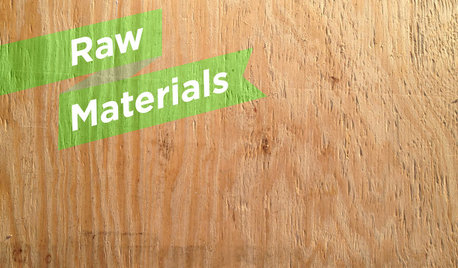
WOODThe Power of Plywood All Around the House
Of course you've heard of it, but you might not know all the uses and benefits of this workhorse building material
Full Story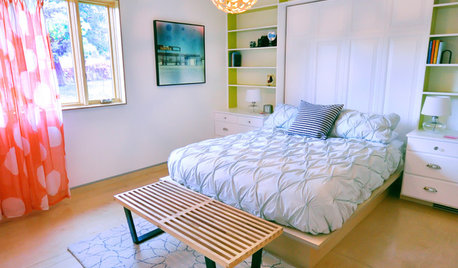
WOODTry DIY Plywood Flooring for High Gloss, Low Cost
Yup, you heard right. Laid down and shined up, plywood can run with the big flooring boys at an affordable price
Full Story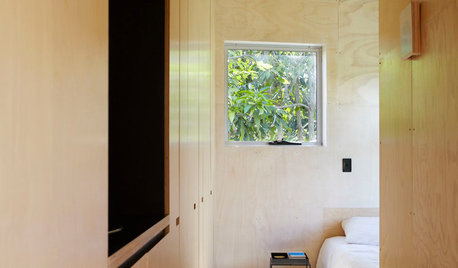
WOODDesign Workshop: Plywood as Finish
Trendproof your interior with this sensible guide to using this utilitarian material indoors
Full Story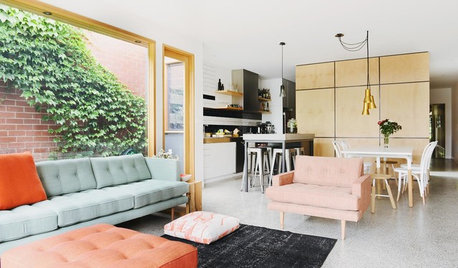
CONTEMPORARY HOMESHouzz Tour: Plywood Pod Adds a New Dimension to Living Spaces
Designers redo the back of a house for a better indoor-outdoor connection and install a clever structure for storage, function and flow
Full Story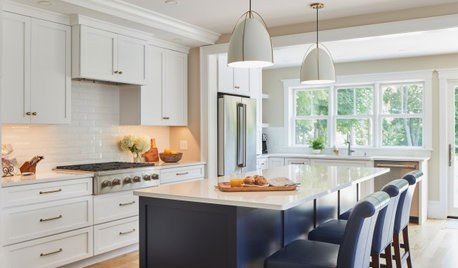
KITCHEN DESIGNPopular Cabinet Door Styles for Kitchens of All Kinds
Let our mini guide help you choose the right kitchen door style
Full Story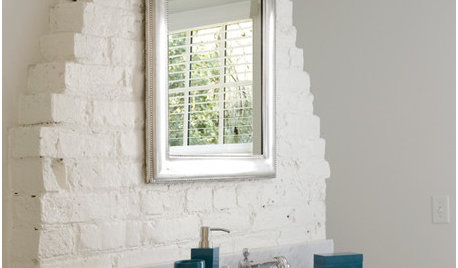
BATHROOM DESIGN15 Cheap and Easy Ways to Makeover Your Bathroom
Makeover Magic Can Happen When You Think Outside the Bathroom Box
Full Story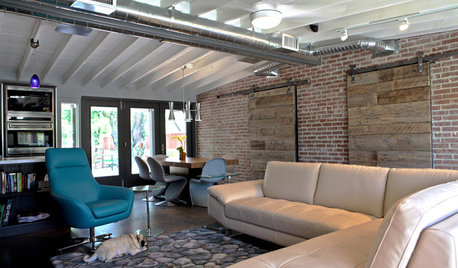
ARCHITECTUREHVAC Exposed! 20 Ideas for Daring Ductwork
Raise the roof with revealed ducts that let it all hang out — and open a world of new design possibilities
Full Story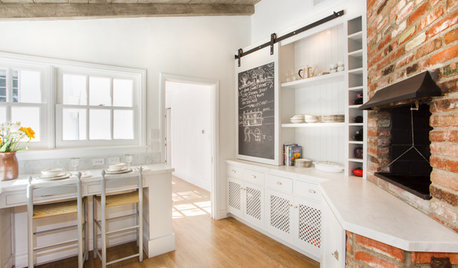
KITCHEN DESIGNThe 20 Most Popular Kitchens on Houzz
See the cool features that made these kitchens stand out from all the rest
Full Story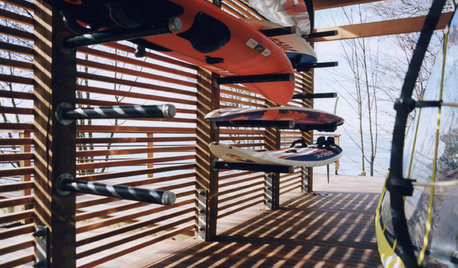
ORGANIZING20 Great Storage Spots for Summer Gear
From bulky surfboards to small sand toys, your summer stuff will all find a neat and accessible home with these ideas
Full Story





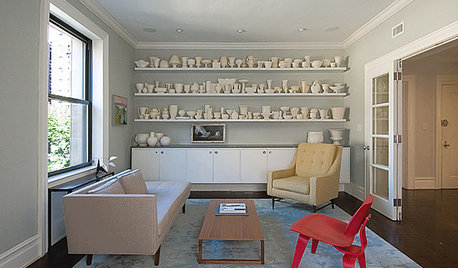




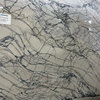
lucianf